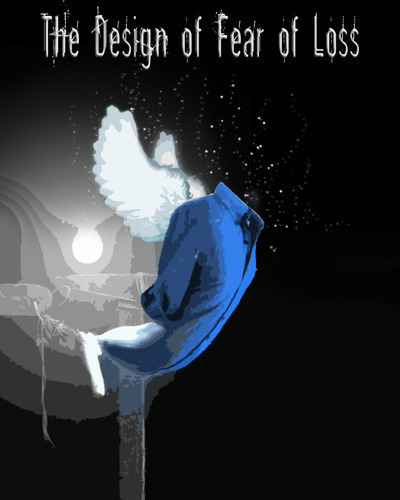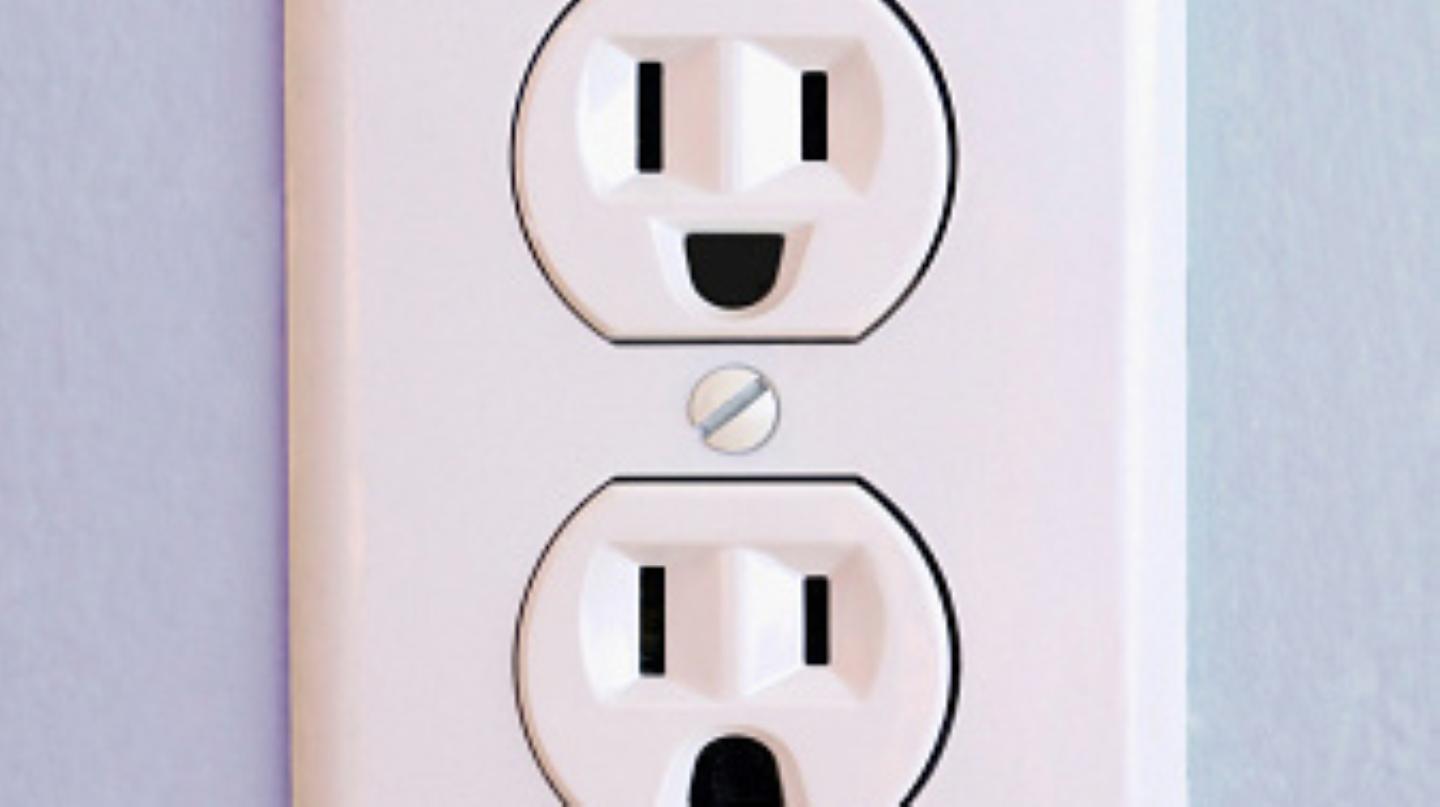

Although the change of his attitude toward them was rooted entirely in his toxic attachment (believing them to be evil because they were in his path for defeating death and stopping change in the universe AKA saving Padmé) his behavior wasn’t irrational. The same can be said about his relationship with the Jedi Order. He… he doesn’t understand.” And, when he is grieving the loss of his mother, Anakin blames the Fates and he blames Obi-Wan for his pain: “It’s all Obi-Wan’s fault! He’s jealous! He’s holding me back!” His attitude toward Obi-Wan is consistent, in both times, he expresses his frustration about him: this cannot be defined as alternating between idealizing and devaluing others in a relationship. In some ways- a lot of ways- I'm really of him. I am truly thankful to be his apprentice. (The fact he had grew up) Don't get me wrong. He says: “Master Obi-Wan manages not to see it.

In Attack of the Clones Anakin complains to Padmé about Obi-Wan. Pattern of unstable relationships: alternating between idealizing and devaluing others in a relationship This is a mindset, a spiritual state, characteristic, personality, and not a mental health issue – and he got counseling about it when Yoda and the Jedi Order stressed the importance of non-attachment.Ģ. Attachment says, “I love you, so I want you to make me happy”. Thus, all life is torment, sliding, short-lived pleasure, constant fear of loss then pain. Since the fundamental nature of the universe is change, forming attachments to any part of reality will inevitably cause suffering: you will want, which is tormenting, you will get, which is pleasure, then you will lose, which is painful. Therefore, it is a selfish and possessive link, and feeds from fear. Thus, attachment is not the love for these people, but the love for the self, finding joy in having. This inability will develop if someone views his/her loved ones as the sources of his/her happiness and loves them on the basis of how much happiness they bring to him/her. Attachments connotes the inability to let go of something what is temporary, whether it to be an object, a trait, or a person, and it’s one’s desire the keep and have something or someone in his life. In Star Wars, George Lucas used the term “attachment” in its other meaning: “ an extra part or extension that is or may be attached to something to perform a particular function”. Frantically trying to avoid real or imaginary abandonment:ĭespite Anakin did express severe fear of loss, his issue wasn’t fear of abandonment, but attachment. For the first glance, we could say, he got more than five, but this is not the case.ġ. The concept of the pathological fear of death requires further study and refinement in the area of its descriptive demarcation, psychogenesis, and clinical application.To be diagnosed with BPD, Anakin must show at least five of the symptoms. Finally, the article has briefly dealt with the relevance of the pathological fear of death for diagnostic assessment and psychotherapy of patients with panic disorder and hypochondriasis. A relationship between panic disorder and hypochondriasis has been examined in the light of the pathological fear of death that they often share.

A role of the cognitive abnormalities in the genesis of the pathological fear of death has been examined in the panic attacks and hypochondriasis, while a developmentally determined, pervasive mistrust in the bodily functioning and bodily worth has been stressed as a factor that crucially predisposes to the pathological fear of death in hypochondriasis, and to the respective type of hypochondriasis as well. The additional contributing factors have also been taken into consideration: a defect in the defensive and symbolic representation of death, and a general collapse of defensive functioning, with regression to a state of infantile helplessness and revival of the infantile death cognitions. In an attempt to account for the origin of the pathological fear of death, most weight has been given to developmental and structural abnormalities in the regulation and control of the primary and disruptive forms of anxiety.

The article has presented a concept of the pathological fear of death as a categorically defined phenomenon and outlined its distinguishing features.


 0 kommentar(er)
0 kommentar(er)
